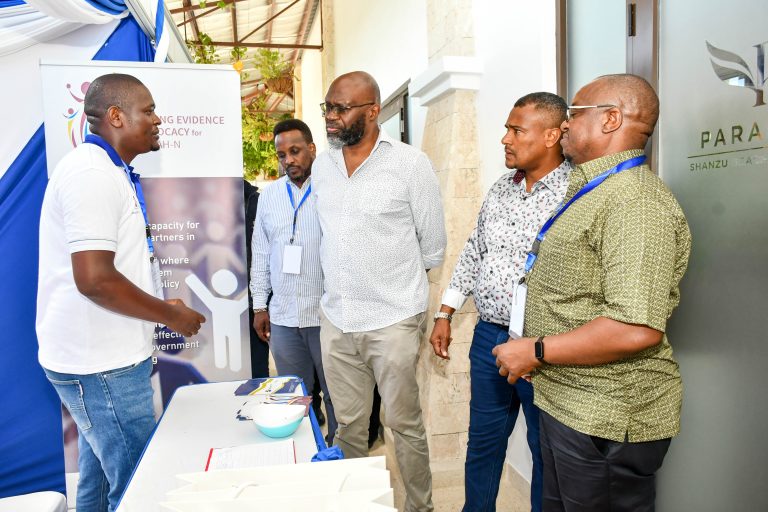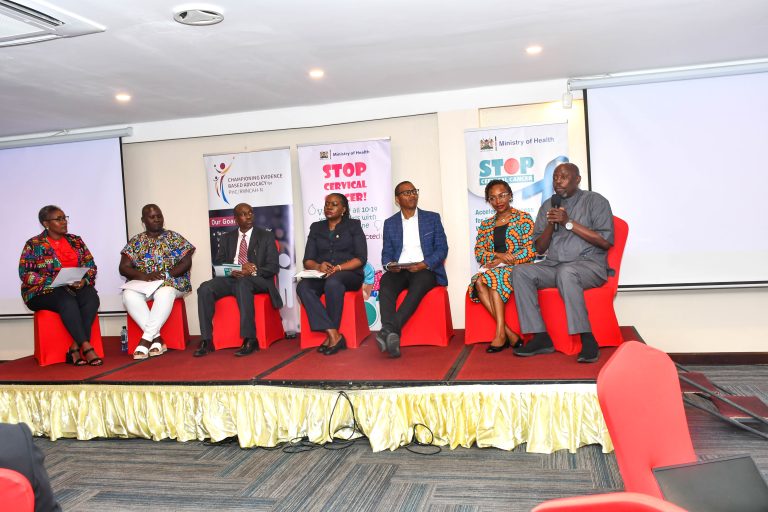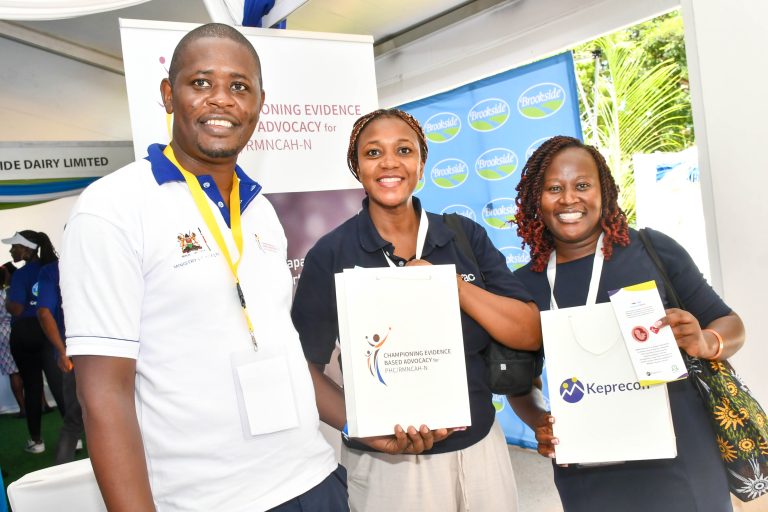Empowering Communities and Catalyzing Local Health Systems Investment: CEBA’s Success in Advocacy for PHC and RMNCAH+N
The Championing Evidence-Based Advocacy (CEBA) project has made significant strides in transforming health systems across Kenya by building powerful partnerships with county governments, community influencers, and health associations. Through sustained engagement with key decision-makers—including governors and county assembly health committees—the project catalyzed the enactment of the Facility Improvement Fund (FIF) Act in 39 counties, enabling local facilities to retain and use funds for improving service delivery. CEBA’s influence also led to county-level adoption of nutrition and reproductive health strategies, bridging policy gaps and ensuring responsive health systems. These achievements underscore the project’s ability to mobilize political goodwill, enhance budgetary alignment, and increase community-focused investments in health
At the heart of CEBA’s impact lies the strength of grassroots advocacy driven by trained county caucuses, professional health associations, and the County First Ladies Association (CFLA). Equipped with tailored policy briefs and fact sheets, these actors held county dissemination forums, commemorated key health days, and carried out roadshows and radio campaigns that educated communities on maternal and adolescent health, nutrition, immunization, and contraceptives. In Migori County, CEBA efforts led to the establishment of a lactation room in the referral hospital, while Taita Taveta and West Pokot saw improved budgetary allocation and food security measures. CFLA’s engagement helped prioritize maternal health issues at county-level forums, ensuring broader visibility and political support for PHC and RMNCAH+N priorities
Digital advocacy has further amplified CEBA’s reach. By investing in social media training, creating interactive content, and launching platforms such as a YouTube channel and project newsletter, CEBA turned health advocacy into a real-time, inclusive conversation. Strategic use of X (formerly Twitter), Facebook, WhatsApp, and LinkedIn—along with partnerships with mainstream media—allowed for broader outreach even in remote areas. The use of AI-generated visuals and user-generated content sharing significantly increased campaign engagement, while branded materials and newsletters reinforced visibility. These innovations not only bridged communication gaps but also helped build a vibrant, cross-platform movement for health equity and systems reform in Kenya





